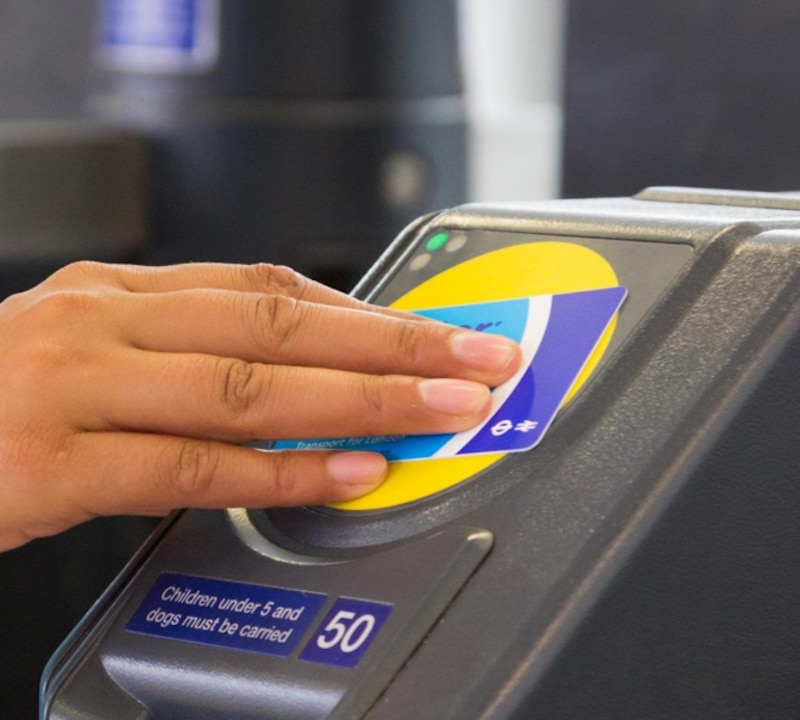
Article Highlights
Despite the growth of open-loop payments, closed loop will continue to play a necessary role for transit agencies, especially to accommodate the unbanked and underbanked and customers that don’t want to use their credit or debit cards to pay fares, panelists at a recent Visa-sponsored webinar said.
TfL is believed to have negotiated an exceedingly low transaction fee with its main acquirer and processor Barclaycard. Mobility Payments has learned the fee is as low as 3 basis points per transaction.
• TfL (London)
• Cybersource
• Visa
• Retail Delivery Group
Despite the growth of open-loop payments, closed loop will continue to play a necessary role for transit agencies, especially to accommodate the unbanked and underbanked and customers that don’t want to use their credit or debit cards to pay fares, panelists at a recent Visa-sponsored webinar said.


















